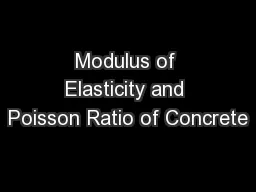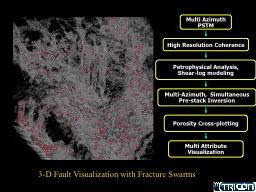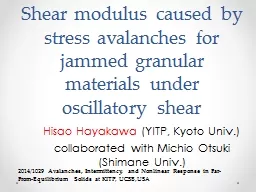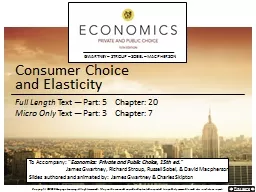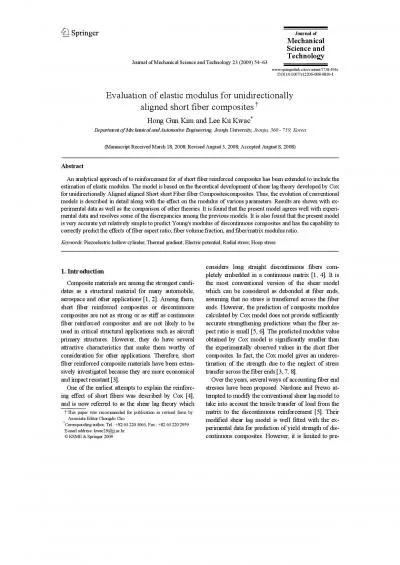PPT-Modulus of Elasticity and Poisson Ratio of Concrete
Author : giovanna-bartolotta | Published Date : 2018-10-21
Benjie Cho and Mulugojam Alemu Undergraduate Civil Engineering Univ of Southern California Objective Find the Modulus of Elasticity of Concrete Find Poissons Ratio
Presentation Embed Code
Download Presentation
Download Presentation The PPT/PDF document "Modulus of Elasticity and Poisson Ratio ..." is the property of its rightful owner. Permission is granted to download and print the materials on this website for personal, non-commercial use only, and to display it on your personal computer provided you do not modify the materials and that you retain all copyright notices contained in the materials. By downloading content from our website, you accept the terms of this agreement.
Modulus of Elasticity and Poisson Ratio of Concrete: Transcript
Download Rules Of Document
"Modulus of Elasticity and Poisson Ratio of Concrete"The content belongs to its owner. You may download and print it for personal use, without modification, and keep all copyright notices. By downloading, you agree to these terms.
Related Documents

